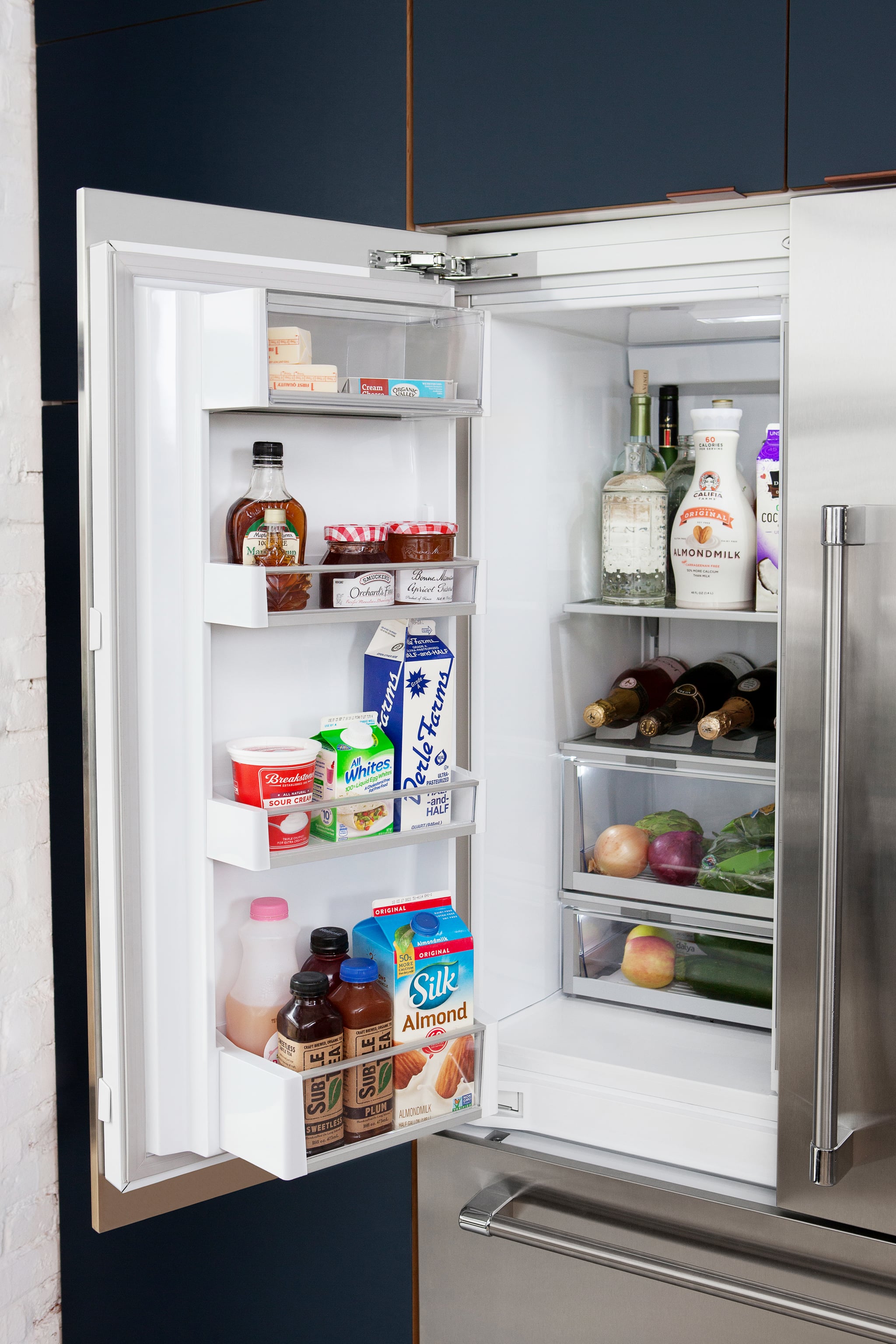

When I was growing up in the '90s, there was nothing chicer then all the celebrity-endorsed "Got Milk" advertisements in my favorite teen magazines. Skim milk was a staple in my diet; I drank it with nearly every meal and enjoyed it on top of cereal, in smoothies, and with fruit as a snack. After all, milk is packed with calcium and supposed to help build strong bones. Plus, it had enough protein to be satiating. It was the '90s, and my family took the food pyramid - and its suggested two to three suggested servings of low-fat dairy a day - seriously.
This habit lasted me through college and into adulthood, where I enjoyed skim milk in my coffee and on top of my cereal and snacked on low-fat Greek yogurt and low-fat cheese. Sure, I was in good shape, but I had awful GI issues that I couldn't pinpoint: uncomfortable (and embarrassing) gas, painful cramps, and bloating. I ate what I thought was a healthy diet rich in fruits, vegetables, lean protein, whole grains, and low-fat dairy, so I didn't understand why I was having digestion issues.
It wasn't until I gave up dairy cold turkey during the Whole30 that I really noticed a difference within days. Where I was used to having gas all day long and cramps multiple times a day, I suddenly had no GI issues. I was going to the bathroom regularly, and as an added bonus, my skin totally cleared up. As part of the Whole30, you eliminate all dairy, sugar, grains, legumes, soy, alcohol, and other additives such as carrageenan, MSG, and sulfites. Since I eliminated so many food groups from my diet, I wasn't totally sure dairy was the culprit until I slowly added it back in. The first time I had cheese again, I experienced the same issues: flatulence, bloating, and cramps.
Turns out, nearly 65 percent of people have a decreased ability to digest lactose, the sugar found in milk and dairy, after infancy. Although the degrees of lactose intolerance vary from person to person, I definitely experienced many of the telltale symptoms: abdominal pain, bloating, gas, nausea, and diarrhea beginning 30 minutes to two hours after consumption.
Ever since I completed that Whole30 more than two years ago, I still stay away from dairy and have noticed a huge improvement in my GI health and complexion. I opt for almond or oat milk in my coffee, eat carrots and hummus instead of cheese and crackers, and have stopped eating Greek yogurt for breakfast. I don't avoid dairy entirely; pizza is still my all-time favorite food, and I enjoy a scoop of Halo Top from time to time. But in general, I try to only eat dairy about once a week, and I always have Lactaid on hand for when I do indulge.
Limiting dairy has made a huge difference in my GI health - it's so much better now not having to worry about embarrassing gas or having to make emergency trips to the bathroom!


0 comments :
Post a Comment